The skull belongs to a middle-aged male, estimated to be between 40 to 50 years old. It bears the distinct feature of an obliquely pierced iron nail, which served the purpose of securing and displaying the head on a wall or another structure. This ritualistic practice was commonly observed among the Gallic communities residing around the Mediterranean and the tribes of ancient Iberia, particularly in the northern regions that encompass present-day Catalonia.
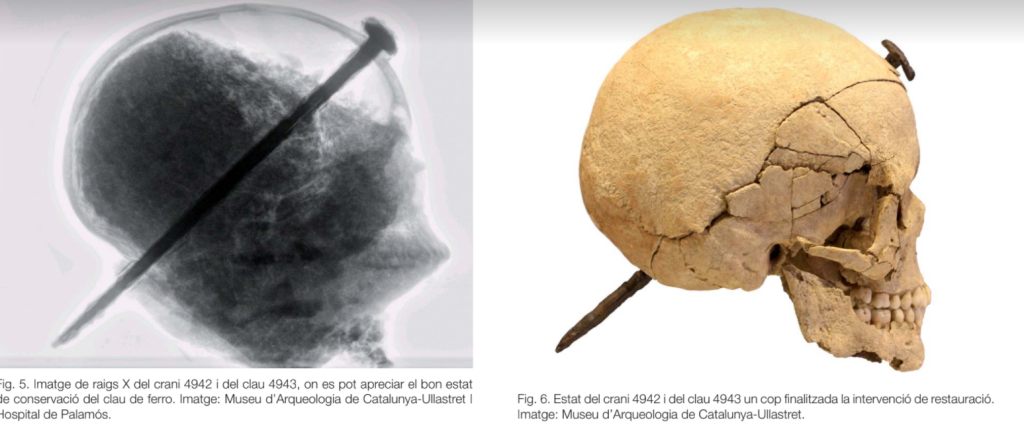
In the aftermath of battles, it was a common practice among these warriors to decapitate their defeated enemies and transport their severed heads to their own dwellings. Once back home, they would prominently exhibit these skulls, along with their weapons, on the facades, porches, or courtyards as symbols of their triumph in warfare.
Our journey takes us to the town of Ullastret in the Baix Empordà region of Catalonia, Spain. This historical site holds the distinction of being the largest known Iberian settlement in Catalonia, dating back approximately to 550 BC.
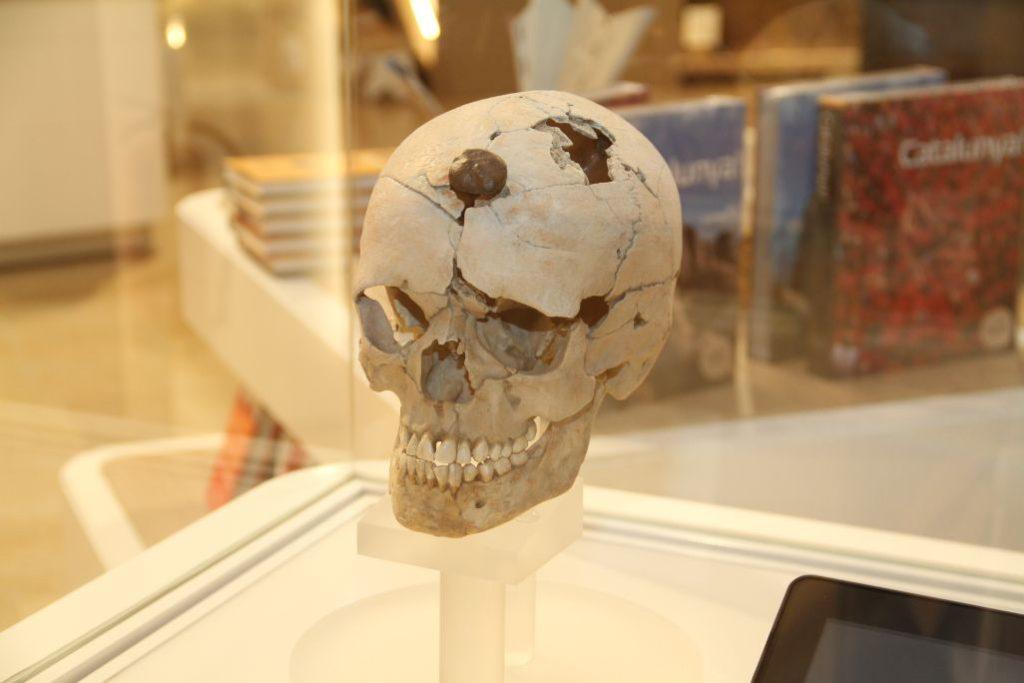
During the Iron Age, in this particular region, the heads of vanquished enemies would undergo preparation and be publicly exhibited alongside captured weapons. This practice served as a potent display of power and domination, reflecting the prevailing customs and rituals of the time.
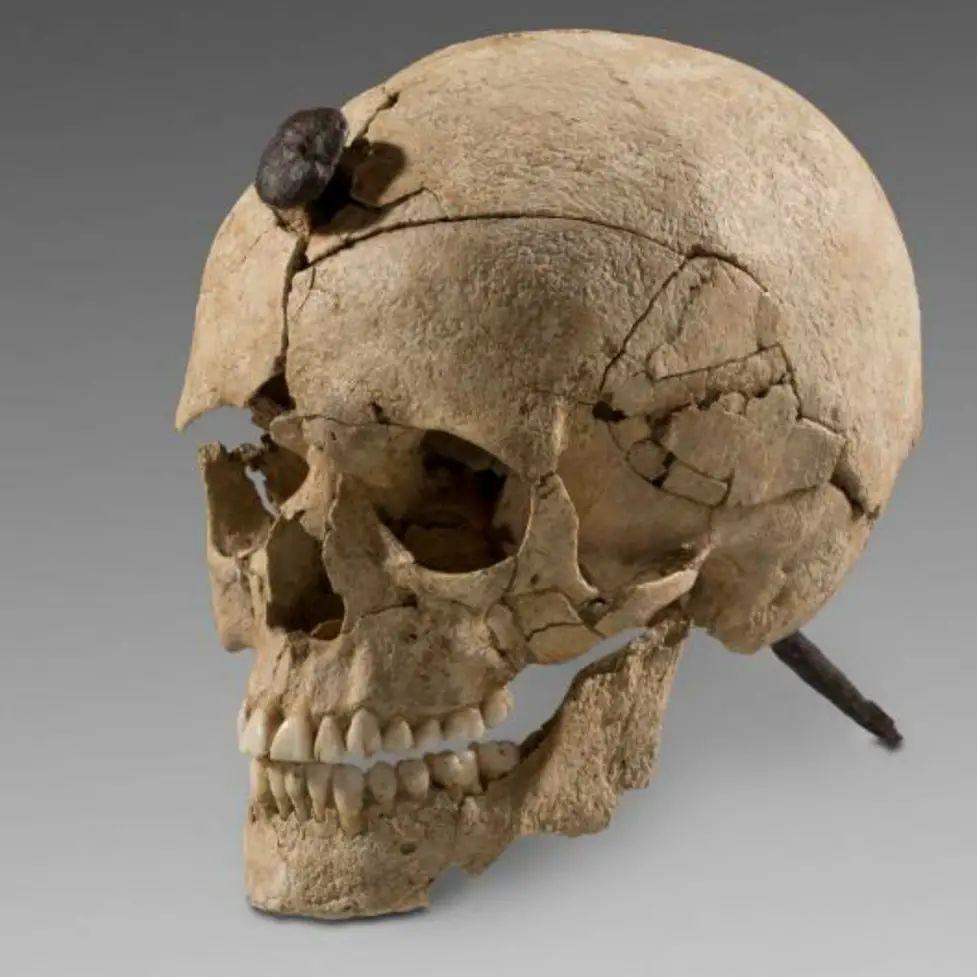
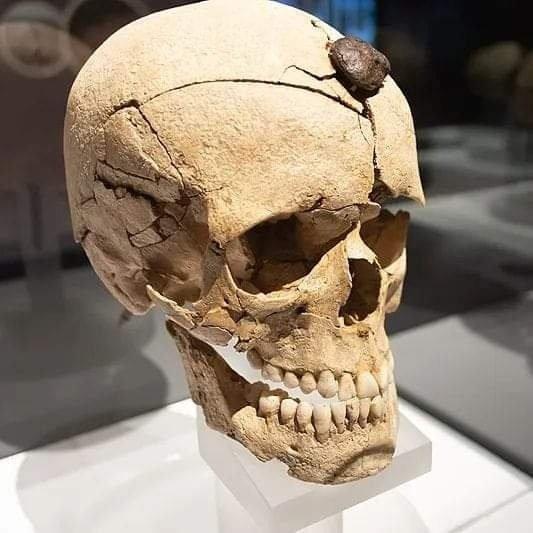
This ritualistic custom served as a means to reinforce the authority and prestige of the leaders within the community. Among Celtic cultures, it was common for head trophies to be hung from the backs of horses or prominently displayed in front of the residences of victorious warriors.
The inhabitants of Ullastret were known as the Indigetes, an ancient Iberian people who spoke the Iberian language. Their adherence to such practices highlights the cultural and historical significance of this settlement within the broader context of Iberian civilization.
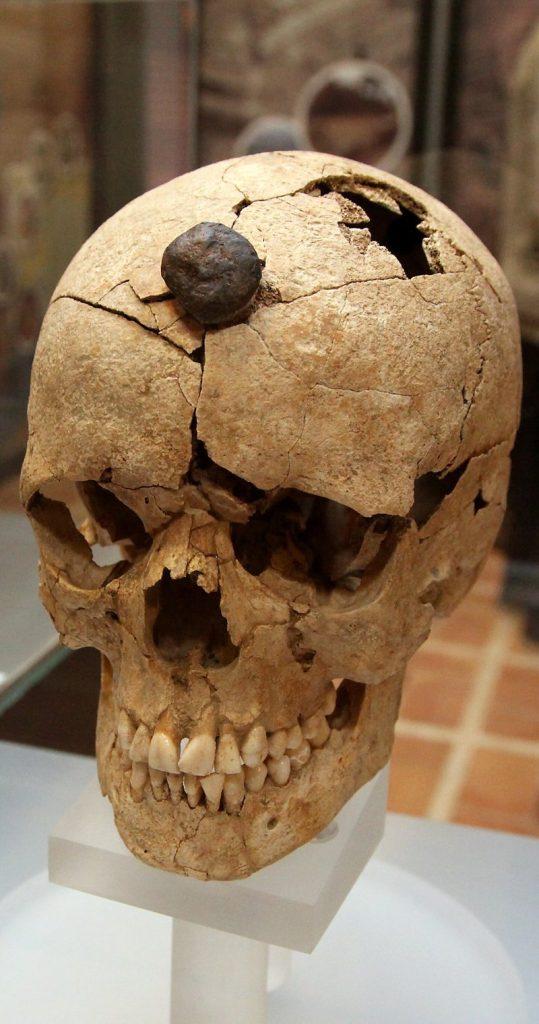
The Museu Arqueològic d’Ullastret, dedicated to archaeology, is inaugurating an exhibition on the topic of severed heads (crania). The event will feature speeches by the Councilor of Culture, Ferran Mascarell, and Joan Pluma.
In the year 218 BC, the Indigetes of Ullastret faced the conquest of their territory by the Romans during the Roman conquest of Hispania. Despite this, they later rebelled in 195 BC, only to be decisively defeated by the consul Marcus Porcius Cato. These historical events marked a significant turning point in the fate of the Indigetes and their interactions with the expanding Roman Empire.


